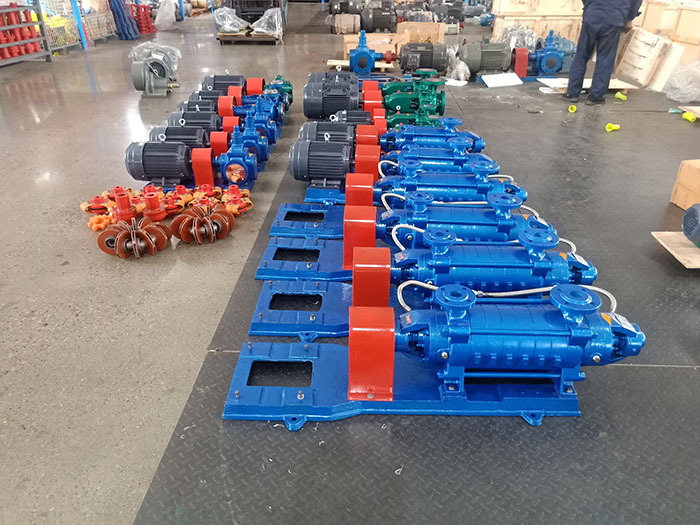Multistage centrifugal pumps are widely used in various industries for their ability to efficiently move fluids at high pressures. Understanding the working principle behind these pumps is essential for maximizing their performance and ensuring reliable operation.
Overview of Multistage Centrifugal Pumps:
Multistage centrifugal pumps consist of multiple impellers arranged in series within a single pump casing. Each impeller is responsible for increasing the pressure of the fluid as it passes through. The impellers are connected by a common shaft and are driven by a motor, which provides the necessary rotational energy.
Centrifugal Force and Impeller Design:
The core principle behind multistage centrifugal pumps is the conversion of rotational energy into kinetic energy and subsequently into increased fluid pressure. As the impellers rotate, they create centrifugal force, which pushes the fluid radially outward. The curved vanes on the impeller blades direct the fluid flow and convert its kinetic energy into pressure energy.
Pressure Boosting through Multiple Stages:
In a multistage centrifugal pump, each impeller stage contributes to increasing the fluid pressure. As the fluid exits one impeller, it enters the next one at a higher pressure. This sequential process of pressure boosting allows multistage pumps to handle high-pressure applications efficiently. The number of stages can be customized based on the desired pressure requirements.
Balancing Hydraulic Forces:
Multistage centrifugal pumps are designed to balance hydraulic forces to ensure stable and smooth operation. The pressure developed at each impeller stage is counteracted by the pressure exerted by the subsequent stages. This hydraulic balancing minimizes radial and axial loads on the pump shaft, reducing wear and extending the pump's lifespan.
Efficiency and Performance Benefits:
The multistage design of centrifugal pumps offers several advantages. Firstly, the pressure boosting capability allows for the transportation of fluids over long distances or to elevated heights. Secondly, the sequential pressure increase results in energy savings, as the pump can operate at a lower speed while maintaining the required pressure. This leads to reduced power consumption and lower operating costs. Additionally, multistage centrifugal pumps are known for their smooth and vibration-free operation, ensuring minimal noise and extended equipment life.
Understanding the working principle of multistage centrifugal pumps is crucial for harnessing their efficiency and performance benefits. The conversion of rotational energy into increased fluid pressure through multiple impellers allows these pumps to handle high-pressure applications effectively. The hydraulic balancing and sequential pressure boosting contribute to their smooth operation and energy-saving capabilities. By utilizing multistage centrifugal pumps, industries can achieve reliable fluid transportation, reduced power consumption, and extended equipment lifespan. Trust in the working principle of multistage centrifugal pumps to unlock efficiency and optimize your fluid handling processes.
